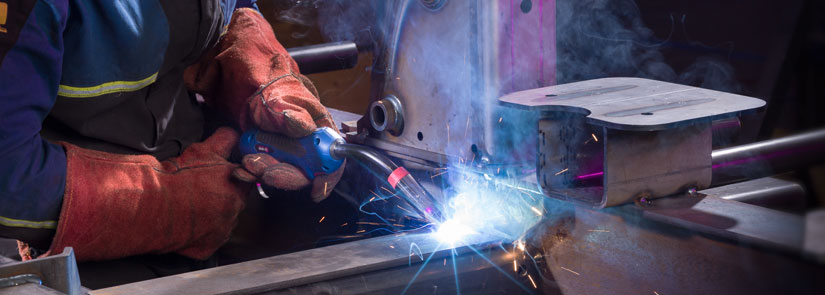On the basis of temperature
- Fusion welding
- Solid-state welding
- Allied welding
Fusion welding-
When the workpiece is heated beyond its melting temperature during the welding process then it is known as fusion welding.example- arc welding, gas welding, thermit welding
Solid-state welding
- In respect of solid-state welding, the following points are to be noted-
- the workpiece is not heated by using any direct source of heat
- Heavy pressure is maintained on the joint
- some part of pressure energy may be converted into heat energy
- whatever heat is generated during the welding is not sufficient enough to raise the temperature of the workpiece up to melting temperature since the workpiece remains in the solid-state welding
- This welding process is named as solid-state welding
Allied Welding process
- In many engineering operations in order to join two-component heating of components may not be desirable for example- joining the diode over the chief board in such cases the allied process is used as a joining process.
- In the allied process, the temperature of the workpiece is closed to the room temperature
Type of welding process on the basis of how the gap between two workpieces is filled-
- Autogenous process
- homogeneous process
- heterogeneous process
Autogenous process
- In order to join the component in the welding operation, the gap between the two workpieces is to be filled
- The gap between two workpieces are filled by three different ways
- In the SMAW electrode, itself is consumable in this case electrode material will be melted out and will be deposited in the gap.
- In many arc welding processes may not be consumable welding. Ex- TIG welding process
- In this case, is separate filler road can be provided to fill the gap
- with the help of any source of heat, in this case, some small amount of work which material itself melted out and will the deposited in the gap









0 Comments
Thank for Visiting our site
we will Happy to see you here again